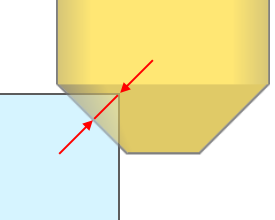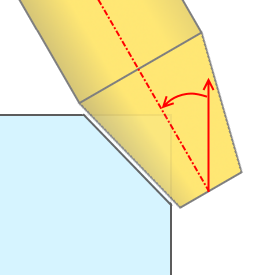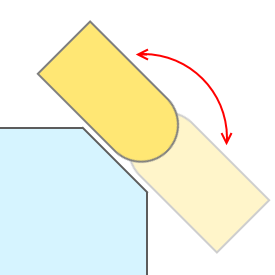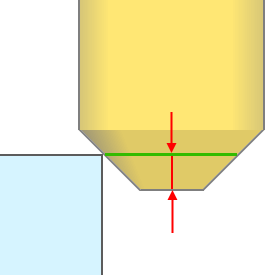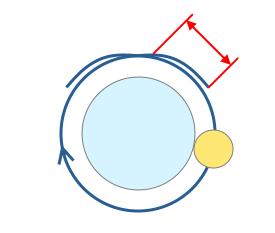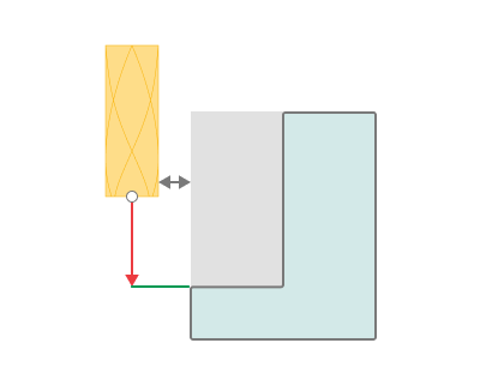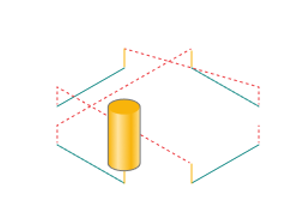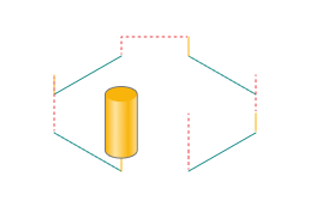Chamfering
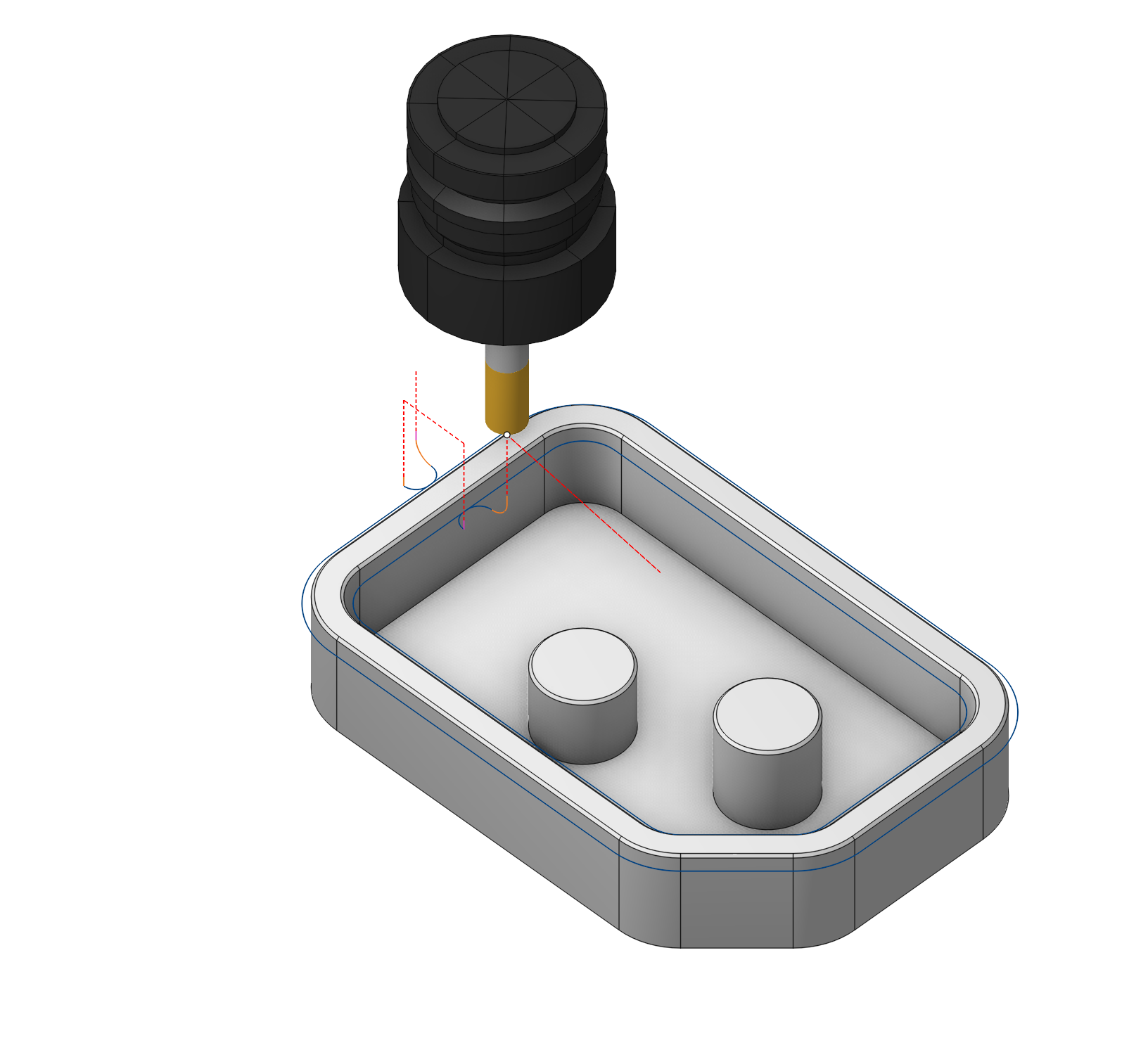
Application area:
The operation generates a toolpath for chamfer removal using cylindrical end, conical, and spherical mills. It is most commonly used as a final step to form the chamfers and fillets specified in the 3D model, to blunt sharp edges, or to remove burrs along the edges of the part.
Setup:
The Setup tab is used to configure the primary parameters of the project. This can involve the positioning of the part on the equipment, the coordinate system of the part, and more. See more
Job assignment:
Add sharp edge. This feature enables the creation of a chamfer removal toolpath based on the edges of the 3D model. When selecting a surface instead of edges, it instantly adds all the surface's sharp edges into the Job assignment.
Add face. This feature enables processing of existing chamfers on a 3D model by selecting surfaces designed as chamfers.
Recognize. This feature enables automatic recognition and addition of chamfers into the Job assignment. The system classifies recognized elements into four types: sharp edges, CAD chamfers, fillets, and hole chamfers.
Properties. Displays the properties of an element. It is possible to add the stock. You can also call this menu by double clicking on an item in the list.
Delete. Removes an item from the list.
Restrictions. It allows you to restrict areas that should not be machined. See more
Strategy:
Strategy.
This is the set of parameters that define the geometric features of the machining process.
Milling type.
Сan be assigned in almost all operations, except for the curve machining operations. This allows the user to control the required milling type (climb or conventional) during the toolpath calculation process. This parameter group works similarly to the Waterline roughing operation. See more
Sorting.
Controls the sequence of toolpath passes during the surface machining .
Links/Leads:
In the Links/Leads tab, you define the parameters for rapid movements. These movements include tool approach from the tool change position, engage to the start of the working stroke, retraction after the final cutting motion, transitions between working passes, and return to the tool change point. You can configure the sequence of movements along the coordinates, the trajectory of these motions, and the magnitude of displacements.
Feeds/Speeds:
Using this dialogue the user can define the spindle rotation speed; the rapid feed value and the feed values for different areas of the toolpath. Spindle rotation speed can be defined as either the rotations per minute or the cutting speed. The defining value will be underlined. The second value will be recalculated relative to the defining value, with regard to the tool diameter. See more
Transformations:
Parameter's kit of operation, which allow to execute converting of coordinates for calculated within operation the trajectory of the tool. See more
Part:
A Part is a group of geometrical elements that defines the space to check for gouges. See more
Workpiece:
A workpiece model of an operation defines the material to be machined. See more
Fixtures:
As the Fixtures the fixing aids such as chucks, grips, clamps, etc., and the restriction areas of any other nature are usually specified. See more
